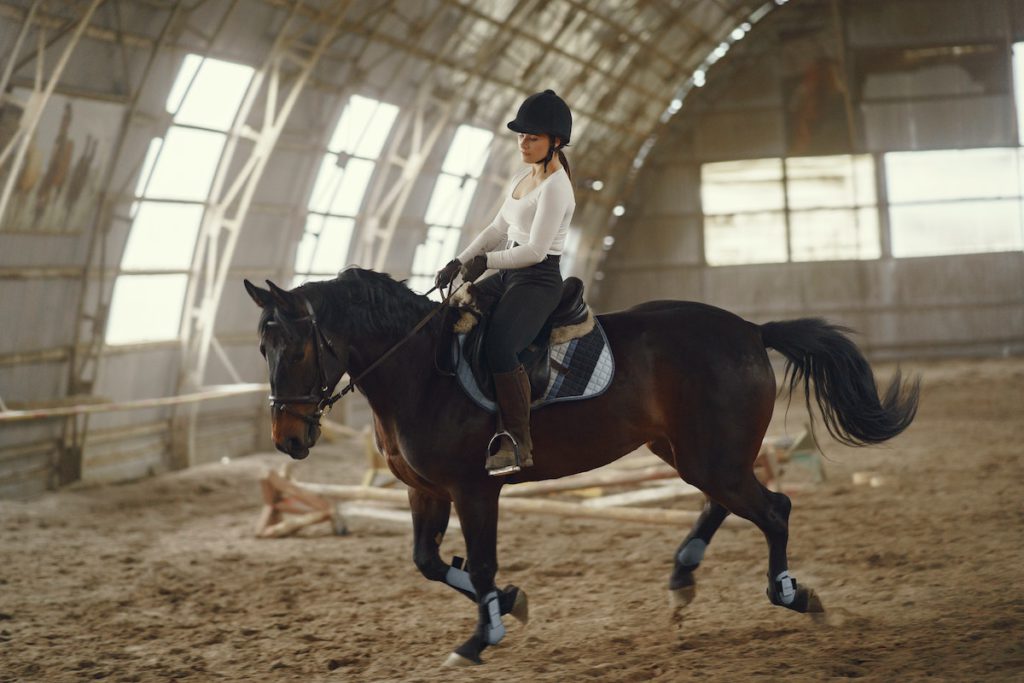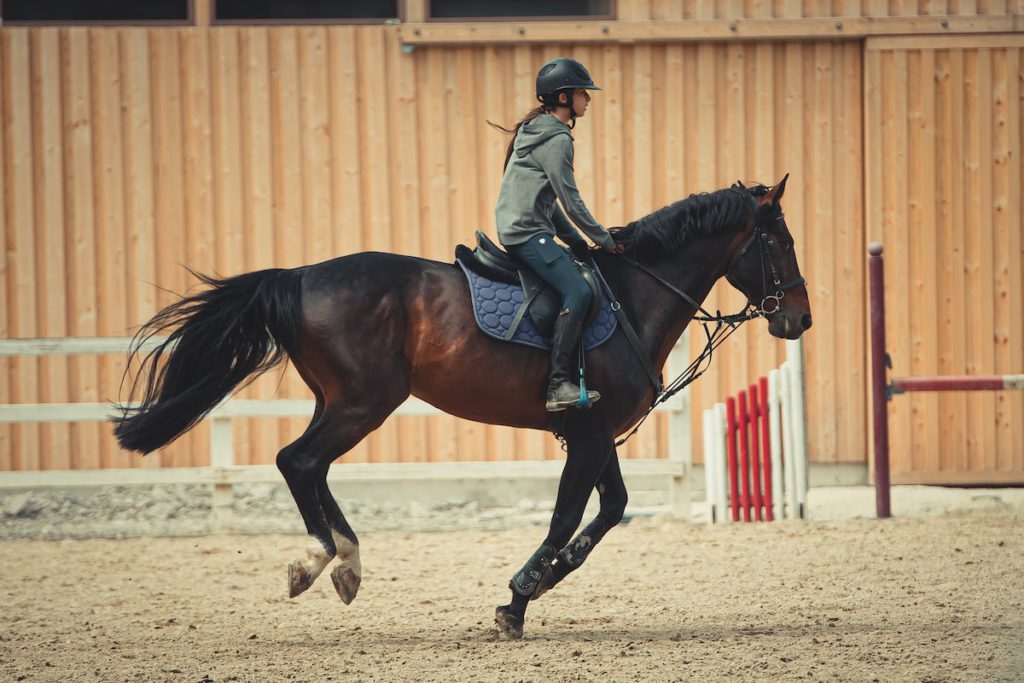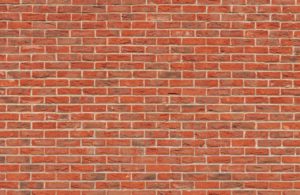A Guide to Dressage Arena

You will want to avoid many pitfalls, so here are the Top Ten Indoor Arena Building Tips to prevent frustrations and help you turn that indoor arena you dream of into reality. There is no one-size-fits-all approach to designing and building an indoor arena. Since it is one of the biggest investments farm owners can make, there are a lot of factors that you will want to consider to ensure that you walk away with a structure that meets your needs for years to come. Personal preferences, the arena’s dimensions and design, and the available expertise in your area may influence which arena you choose to build. Regarding the construction and purchase of your indoor arena, there are many options regarding what kind of assistance and expertise to employ.
With a wide range of options for building companies and construction materials, it is wise to consult professionals who have experience building indoor horse arenas. Before an indoor arena can be constructed, a building permit will need to be obtained through the local municipality and a building plan approved by an engineer. In addition, before you can start building, you will need plans approved by an engineer to make sure that the structure of the indoor arena meets the local building codes and zoning regulations.
If you intend to build an indoor horse arena, a Planning Application must be filed before you are allowed to begin your project. Consider your entire site layout if making the riding arena part of a larger equestrian project. If you are unsure how large of a riding arena you will need, perform a test before the construction exercises. If planning on using the arena for competition training, consider going larger.
For dressage, it is feasible to operate a 120-foot-long, practice-level-sized arena. However, if plans are made for setting jumps or performing speed events, these measurements will require expansion, possibly up to the larger size of the Dressage Riding Arena, which is 66 by 197. In most cases, arena lengths must be at least double the width.
Intended uses and budgets will affect your best arena-size choices. Still, while the standard indoor arenas of old may have been between 60-80 feet wide, those built today are rarely shorter than 72 feet, with the most common reported span being between 80-120 feet. Indoor non-competitive horse arenas are 60-80 feet wide and 100-200 feet long, with a clear interior area of 14-16 feet. Indoor equine arenas are available in various sizes. Although the one that may be the most appropriate for your needs will depend on how you plan to use the facility, many people purchase metal arenas in one of three popular sizes. Smaller arenas are typically used when you are building on limited space, so I wanted my arena as large as possible, at 20 x 60, so that you would have an ideal ring to train in.

A smaller dressage arena construction is 66 x 132, giving you a sense of the starting point for a riding session on flats. Ideally, an indoor horse arena design that you construct needs to be big enough that you can fit more than one horse and rider using it simultaneously. An indoor riding arena is an excellent choice for anyone who relies on their arena for daily training, training or exercising since riders will be protected from all weather conditions. Indoor horse arenas provide a controlled, safe environment for year-round training and riding in different weather conditions.
The ride surface is essential to finish correctly to keep the horse safe, as well as to keep the arena looking great. The thickness of your ride surface layer should be between 40mm to 80mm thick. You will want to consider what discipline your surface will use when planning the dimensions for your indoor arena facility. When placing your building on your property, always set your arena’s foundation above your surrounding soil, so there is no chance for the arena’s base to get damaged by water. When building an indoor arena, your foundations will be level. However, for an outdoor arena, the foundations will need to be raised one to two percent.
With needs in mind, an indoor horse arena’s absolute minimum ceiling height should be 14 feet/4.2 meters high at the eaves. This, however, will restrict jumping heights and may be comfortable for jumping near only the centerline, depending on the roof pitch. Ideal for both private and commercial use, 80×100 indoor arenas are dressage-friendly, offering an area of 8,000 sqft, and are available in a clear-span design that removes internal supports, allowing for ideal space to ride. Arena events are typically held at larger horse stalls, sometimes with steps built into the design. However, these fences can still be used at smaller schools and indoor arenas and are great for training, particularly during the off-season.
To ensure that investing in a new horse facility is worth it, consider these expert design tips as you plan and construct your riding arena. Building your covered arena may be a daunting project, and it will take some time away from your main job, which is to train horses. In addition, the type of structure depends heavily on your budget and preferences, such as the arena’s dimensions, location, and the loading requirements of rain, wind, and snow.





